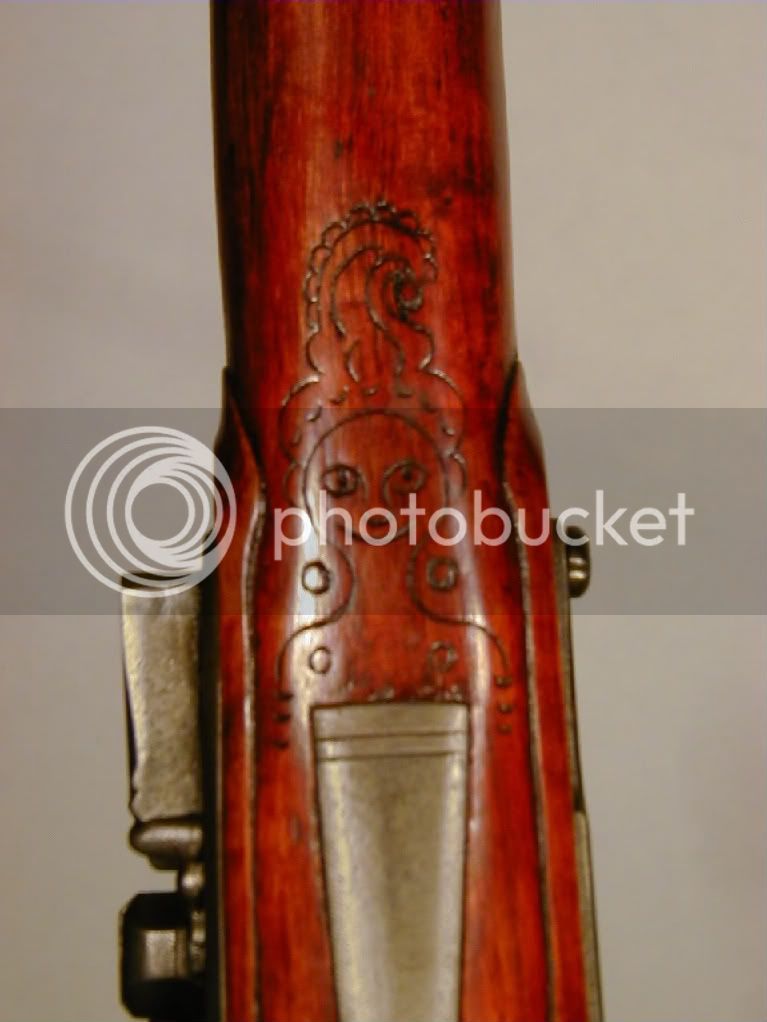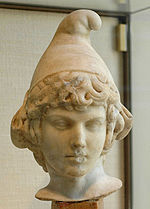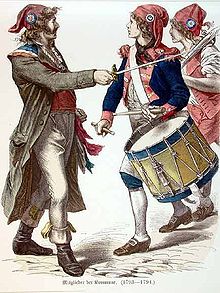Pennsylvania Newt said:
So I have been reading some of the threads on this site and am trying to understand some things about the Pennslvania Long Rifle.
Were all the guns made in Lehigh and Bucks County area all fancy engraved with ten pounds of brass on the stock?
Was it common to have a nice gun (in 1775 time frame) with a metal patch box / end cap and an otherwise plain gun. Basically, was everything either overly plain or overly fancy in this region or were there middle of the road guns.
If there is a thread already discussing this could someone point me towards it?
I want to have a gun built correct for this region but don't wanna over or under do it.
There are certainly some generalities that I would point you towards for 1775. A rifle in 1775 would typically be in the .50 to.58 caliber range, have a buttplate that was 1¾" to 2" wide or more, with just a slight curve to help deal with the heavier recoil of these large caliber rifles. A rifle of that era would have either no patchbox, a sliding wood patchbox, or a solid brass patchbox as opposed to the pierced brass patchboxes that showed up in the golden age. Incise and relief carvings in the Rococo (sp?) style would be common and perhaps a thumb medallion would be inlet on the top of the wrist to commemorate some special event. They would usually have a deadly graceful look to them, but without much in the way of ornamentation.
The locks would usually be English as they were imported by the barrel from England before the war and the colonies were "forbidden" to manufacture locks. The War changed all that of course, but we're talking 1775 here, so the colonies weren't making their own locks in any kind of numbers at this point.
The hardware would primarily be brass as it was easy to come by, easy to work, durable, and again, the colonies were not supposed to be manufacturing steel. Nosecaps and ramrod pipes were normal. The forearm of the stock was a lot thinner and more graceful than many of the reproductions you'll see.
The Golden Age of the Longrifle came about AFTER the Revolutionary war. That was when the most decorative and artistic examples of the longrifle were built. The war was over, the demand for rifles diminished tremendously and if you wanted to sell rifles, you needed to really distinguish yours from what everyone else was selling. That's when all the brass embellishments started showing up such as the hunting stars along the forearm, weeping hearts around the wrist, pierced patchboxes, etc. That's also the time that the crescent shape of the buttplate became very pronounced, and, as the caliber of the rifles dropped down to .45 and .40 range, the butt of the stock also became much thinner. You just didn't need as wide a butt to deal with the lighter recoil on 40-45 caliber rifles than you did with 50-58 caliber rifles.
Hope this helps a bit,
Twisted_1in66









